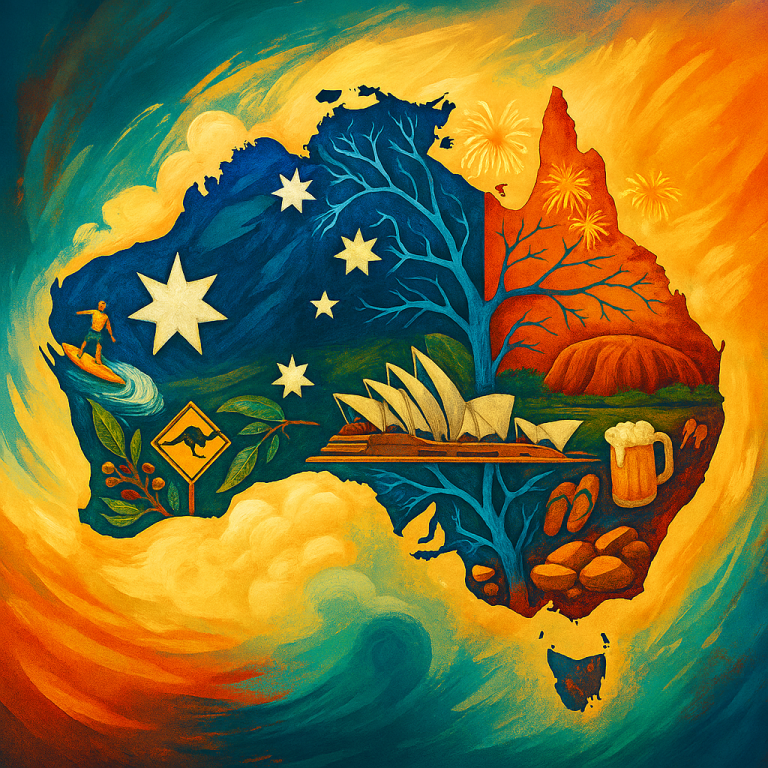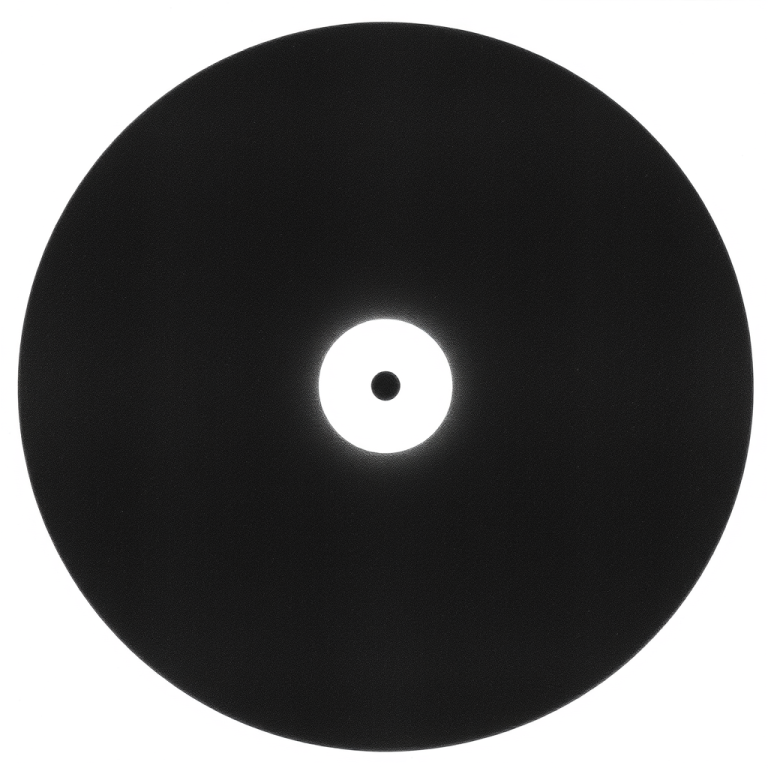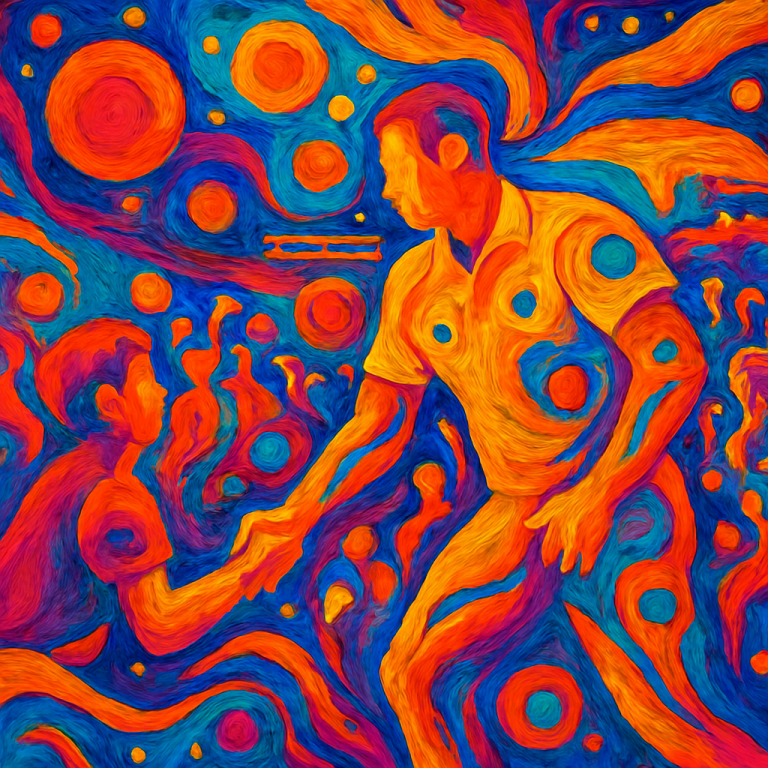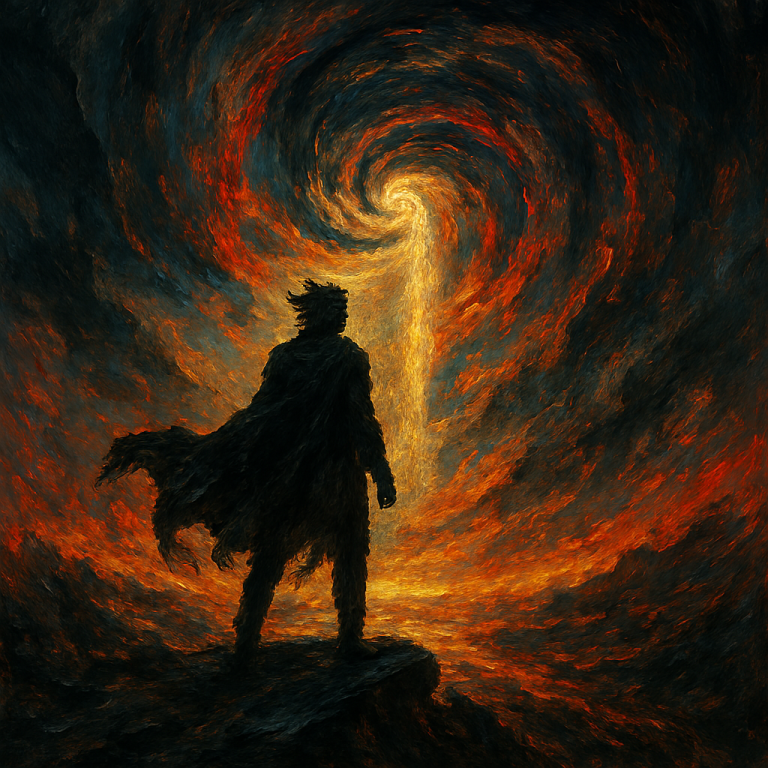The
Paradox of Happiness and Sadness
In the world of
entertainment, clowns are symbols of joy, laughter, and merriment. They paint
smiles on their faces, perform amusing tricks, and create an atmosphere of
happiness. But what happens when a clown sheds a tear? This metaphorical
question delves into the depths of human emotions and the paradox of happiness
and sadness.
The Mask of Happiness
Clowns wear a mask of
happiness to entertain others. This is similar to how people often put on a
brave face, hiding their true feelings. Society encourages us to suppress our
negative emotions and project an image of perpetual happiness. But beneath this
facade, there may lie a spectrum of emotions – sadness, fear, anxiety, or
loneliness.
The Tear Beneath the Mask
When a clown sheds a
tear, it symbolizes the unveiling of suppressed emotions. It’s a poignant
reminder that everyone, even those who spread joy, can experience sadness. This
tear challenges the societal norm of hiding one’s true feelings and encourages
emotional honesty.
Embracing the Paradox
The paradox of a crying
clown teaches us that it’s okay to feel sad, even when we’re expected to be
happy. It’s a powerful message about emotional authenticity. By acknowledging
and expressing our true feelings, we can foster deeper connections with others
and promote mental health.
Conclusion
‘When a clown sheds a
tear’ is more than just a metaphor. It’s a call to unmask our emotions, to
embrace the paradox of happiness and sadness, and to be authentic in our
emotional expression. After all, even a clown, the epitome of joy and laughter,
can shed a tear.
Remember, it’s okay not
to be okay. And when we acknowledge this, we take one step closer to
understanding ourselves and others better. So, the next time you see a clown,
remember, they too, like us, are beautifully complex and capable of a wide
range of emotions.







